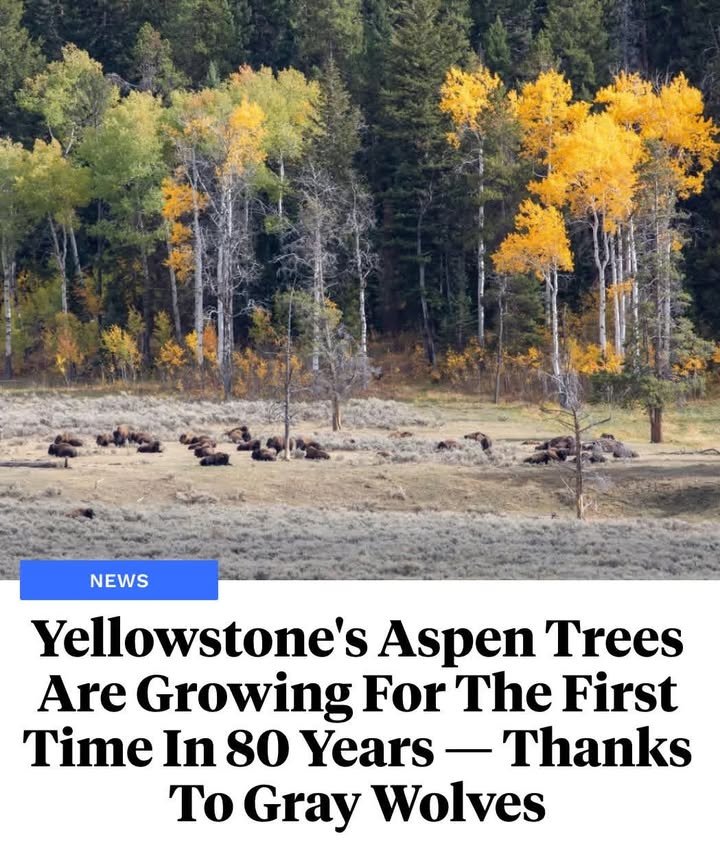Yellowstone National Park is home to a wide variety of trees and forests, shaped by its volcanic soil, high elevation, and extreme weather. Trees here are not only beautiful but also adapted to survive fires, cold winters, and even geothermal activity. 🌲🌳🔥
🌲 Most Common Trees in Yellowstone
1. Lodgepole Pine (Pinus contorta)
-
🟩 Makes up about 80% of Yellowstone’s forests!
-
Tall, narrow, and flexible — hence the name “lodgepole.”
-
Adapted to wildfires: many have serotinous cones that open only in extreme heat.
-
Often found in dense, uniform stands.
2. Douglas Fir (Pseudotsuga menziesii)
-
Found mostly on warmer, drier slopes and in lower elevations.
-
Has thicker bark, which helps it resist fire.
-
Needles are flat and soft; cones have unique three-pronged bracts.
3. Engelmann Spruce (Picea engelmannii)
-
Common in cool, moist areas and higher elevations.
-
Tall, spire-shaped trees with sharp, square needles.
-
Important habitat for birds and small mammals.
4. Subalpine Fir (Abies lasiocarpa)
-
Grows alongside Engelmann spruce in subalpine zones.
-
Slender, “church steeple” shape — helps shed snow.
-
Needles are soft and bluish-green.
5. Whitebark Pine (Pinus albicaulis)
-
Found at high elevations and exposed ridges.
-
A keystone species: its seeds are critical food for grizzly bears, squirrels, and Clark’s nutcrackers.
-
Currently threatened by blister rust, climate change, and pine beetles.
6. Quaking Aspen (Populus tremuloides)
-
One of the few broadleaf trees in Yellowstone.
-
Grows in moist valleys and along streams.
-
Recognizable by white bark and leaves that tremble in the breeze.
-
Regenerates well after fire, but declining in some areas due to browsing by elk.
🌳 Tree Life in Yellowstone: Facts & Adaptations
-
Fire plays a natural role in renewing forests — especially for lodgepole pines.
-
Trees grow slowly due to short growing seasons and poor volcanic soils.
-
Some areas have thermal soils where trees struggle to grow, creating stark “dead forests” near geysers.
🌲 Where to See Them
-
Lodgepole pine forests: nearly everywhere!
-
Aspen groves: Lamar Valley, Blacktail Plateau
-
Whitebark pines: Dunraven Pass, Mount Washburn
-
Spruce and fir: near Yellowstone Lake and higher elevations
Would you like:
-
A map of forest types in Yellowstone?
-
Info on wildfire recovery and tree regeneration there?
-
Or a tree ID guide for hiking in the park?
